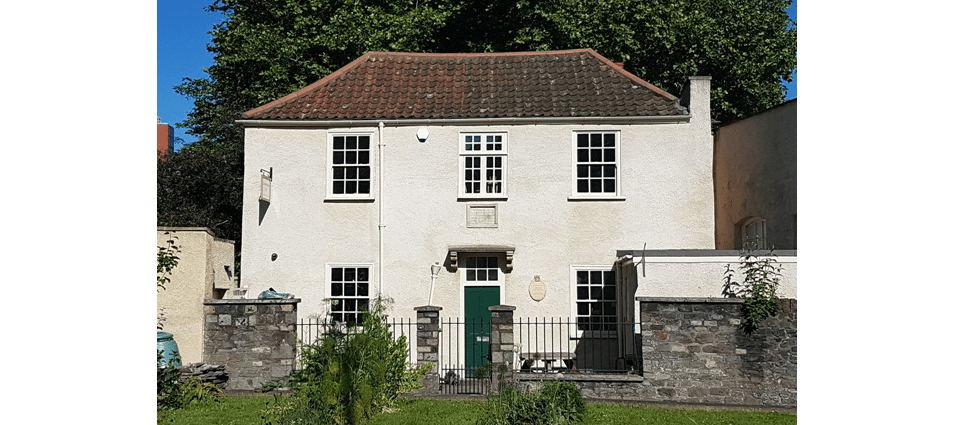Along the north side of Redcliffe Way, almost opposite St Mary Redcliffe, stands the facade of a building. Behind that facade is an old house that looks forlorn and neglected, as indeed it is. They are both sad reminders of one Thomas Chatterton, a young lad born into poverty in Bristol in 1752 whose schoolmaster father had died before he was born. He attended the school in which his father had taught, and it was a harsh one, yet as a child he began to write most competent verse. He went on to erect a whole medieval world of fantasy which he conveyed in his own imitation medieval English poetry on scraps of genuine medieval parchment. The local intelligentsia were completely fooled by this, believing the poetry to be the work of a 14th century monk called “Rowley”.
Chatterton, full of confidence as 17 year olds are, then went to London to seek his fortune. He failed and there, in a garret, took his own life in 1770 using a mixture of alcohol and arsenic. After his death his ability was recognised, particularly locally in Bristol.
The school he attended was in Pile Street, a narrow lane running along the line of what is now Redcliffe Way. When Pile Street was first widened in 1938 it was necessary to demolish the school but, such was the feeling for Chatterton, the facade was preserved and re-erected where you see it now. Behind the facade is the school house in which Chatterton was born. Both items were taken over by the Bristol City Museum in 1958 and they are still in the Museum’s care. Until about fifteen years ago the property was staffed and visitors were welcome.
